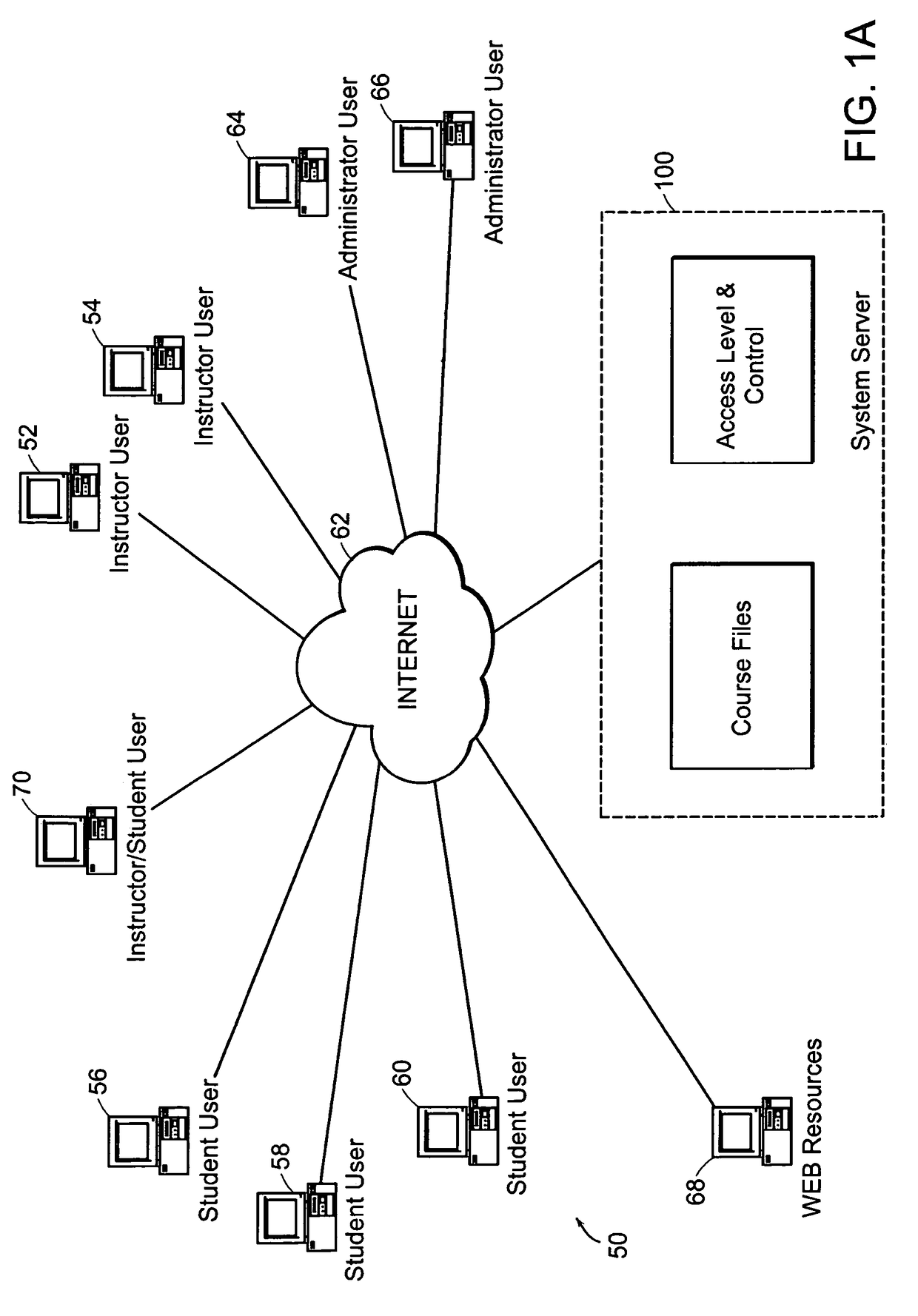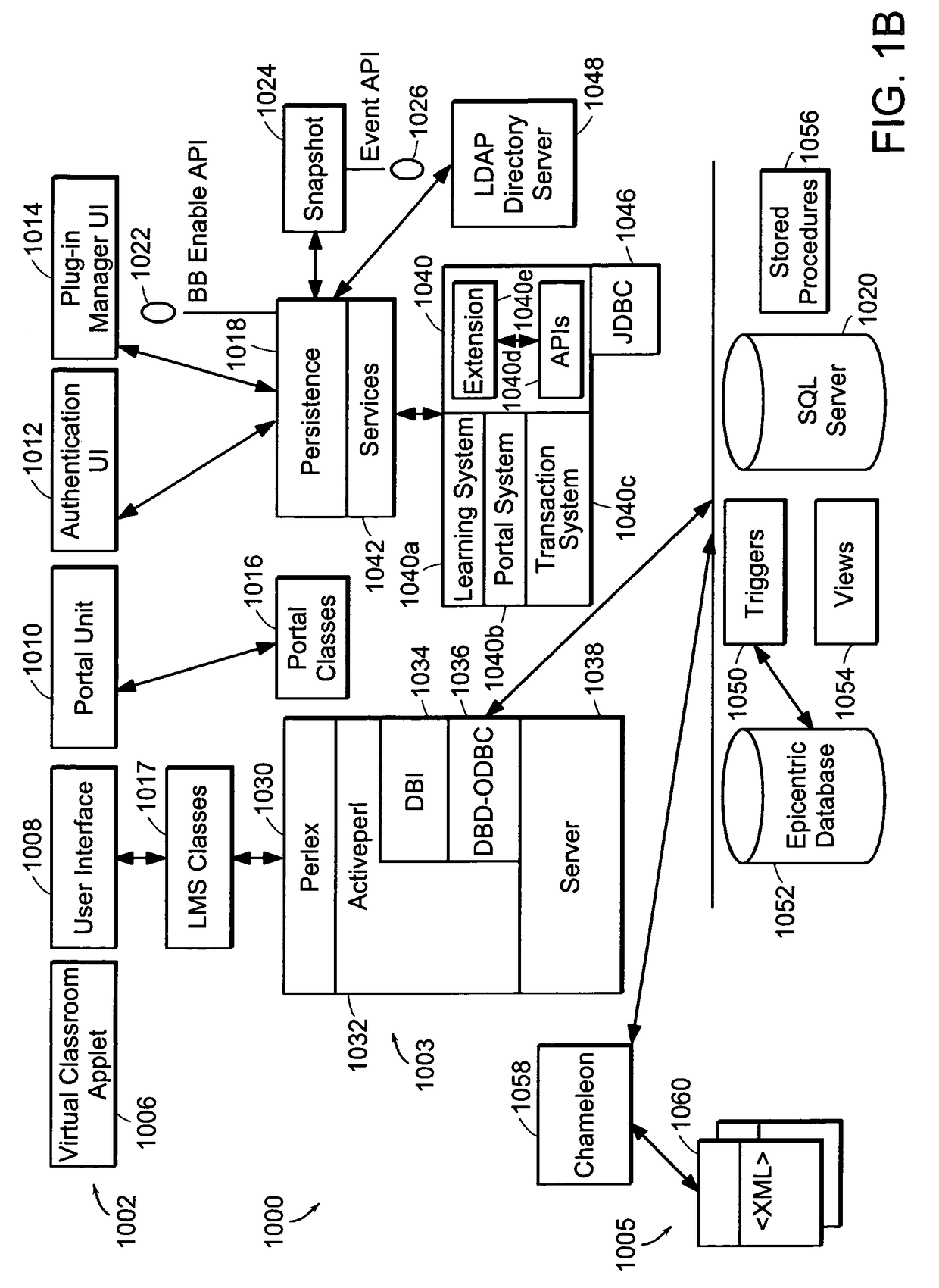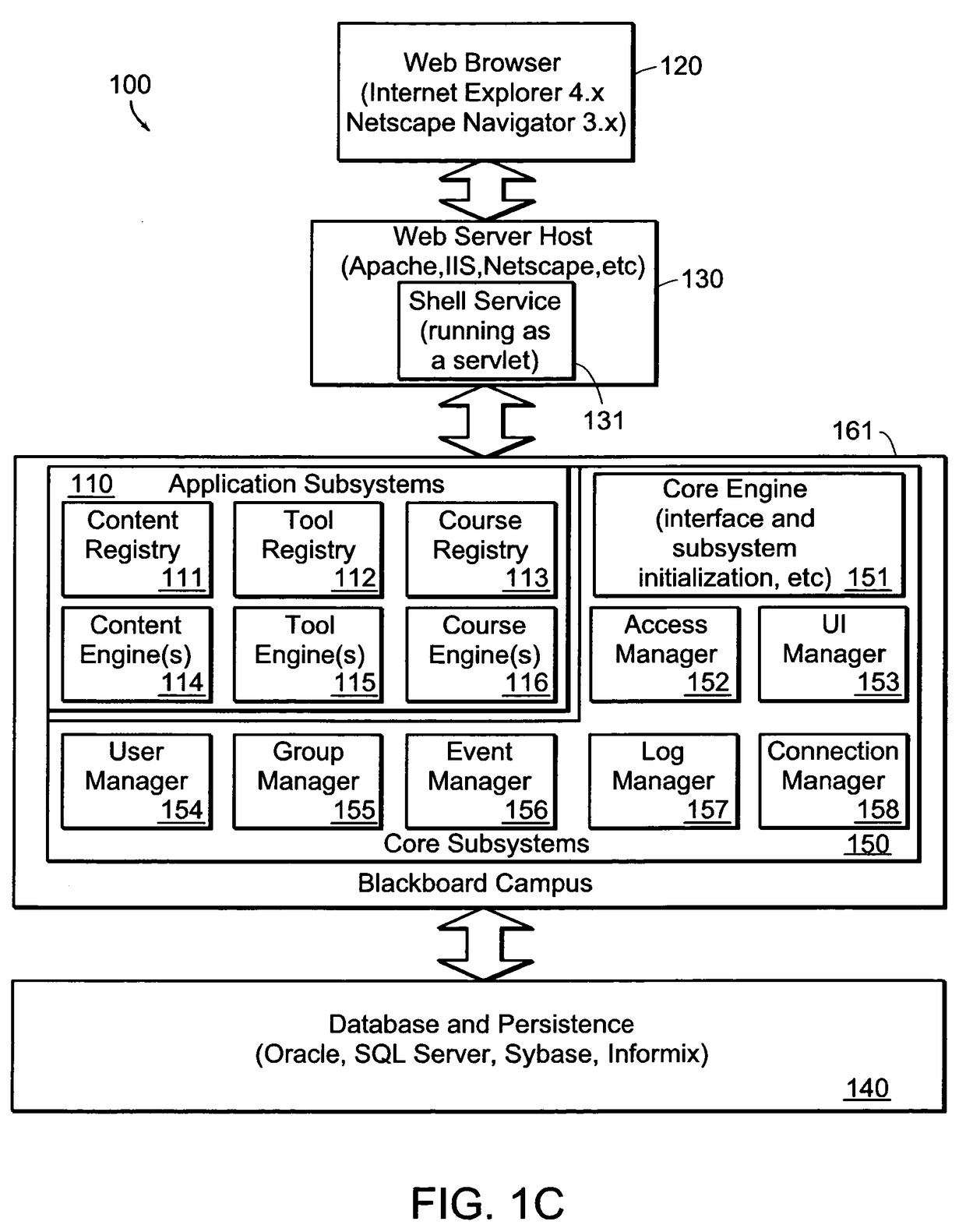The ability of educators, including educational institutions, private corporations, and institutions of higher learning, to reach potential students has generally been limited by geography.
Furthermore, potential students and persons seeking knowledge of all sorts are generally limited to
proximate sources of courses of instruction, tutoring, or training.
Many prospective students are deprived of receiving instruction from other, possibly better-qualified instructors or institutions located outside of their immediate locale.
Similarly, educational institutions have been limited to serving only those students located within commutable distance of their campuses.
However, electronic networks, including
the Internet, are complex technological systems requiring the user to have or acquire
specialized knowledge in order to use them effectively.
Slow adoption of new technology and lack of technological sophistication have a chilling effect on the widespread use of the medium in general.
Furthermore, the complexity of using
the Internet for educational purposes is compounded as the number of user choices required at the
user interface increases because not only must the instructor and students acquire technological competency in the use of the medium, but they must in addition understand the presentation and consequences of large number of choices required by a particular
user interface such as a
web page.
Users, including students and instructors, of these other solutions are confronted with one or more web pages that typically require the user to review and select a subsequent
web page or function from among a
large array of potential user choices, thereby complicating the user's task of interacting with the
system.
The addition of yet another network-based system requires the host or sponsoring institution to incur implementation and maintenance costs associated with the installation, integration, administration, and maintenance of a new network-based system.
These costs place limits on the achieving the widespread use of the medium for educational purposes.
While such billing and income generation methods may be acceptable for companies providing on-line training, such methods are inconsistent with traditional college and university billing practices.
Each system is technologically complex and specialized to what system developers believe are important.
Therefore, the system users, regardless of level, may find it difficult to use without, in many cases, very specialized training as to the particularized interworkings of that specific system.
Most of these systems do not lend themselves to rapid use after a brief introduction.
Further, these systems are not readily adaptable to the individual user's perspective(s).
This can be frustrating to students or individuals because small errors in the process can greatly increase the time to perform activities on the system.
The alternative of consolidating all the activities at one web-site may itself cause problems given the institution's or company's purposeful segregation of the activities at the various network system sites since the main idea is to make the system more institutional or company-centric rather than student- or individual-centric.
Present-day systems that typically are institution- or company-centric are not readily adaptable to accommodate these differences in teaching styles.
Therefore, there will exist a constant struggle between the instructors, and institutions or companies to derive system refinements and customizations to meet the instructors' needs.
This creates difficulties for institutions and companies from the maintenance and management standpoint.
With regard to maintenance, the institution or company must continue to provide support for the ever changing nature of the system, which is very expensive and
time consuming.
Current LAN, MAN, WAN,
intranet, Internet or WWW-based systems that may accommodate the educational or corporate systems that have been discussed, slow significantly as the increasing numbers of students or trainees utilize the systems / network to obtain information or use the system for its intended purposes.
This adds to user
frustration and system dissatisfaction.
If this is one of the major initiatives of the educational or company training system, it will reflect badly on the institution or company.
Current educational and company-based training systems have difficulty presenting multiple functions and / or on-line activities.
For example, there are problems in providing on-line registration for educational courses along with providing tuition payments.
This is due in part to the incompatibility of billing practices and the ongoing customization of the integration of the registration for courses and
payment techniques.
However, these form fields are generally limited to the entry of
plain text information and data, and / or allowing the user to enter codes for one or more markup languages depending on the
server or application
processing the input data.
However, these techniques have not provided a
data structure and / or Application Program Interface (API) that would allow the logic in a text editor component of a system to utilize a Text Tool that is associated with
application specific data.
However, these dynamic extensions do not incorporate security and / or user permission features.
 Login to View More
Login to View More  Login to View More
Login to View More 


